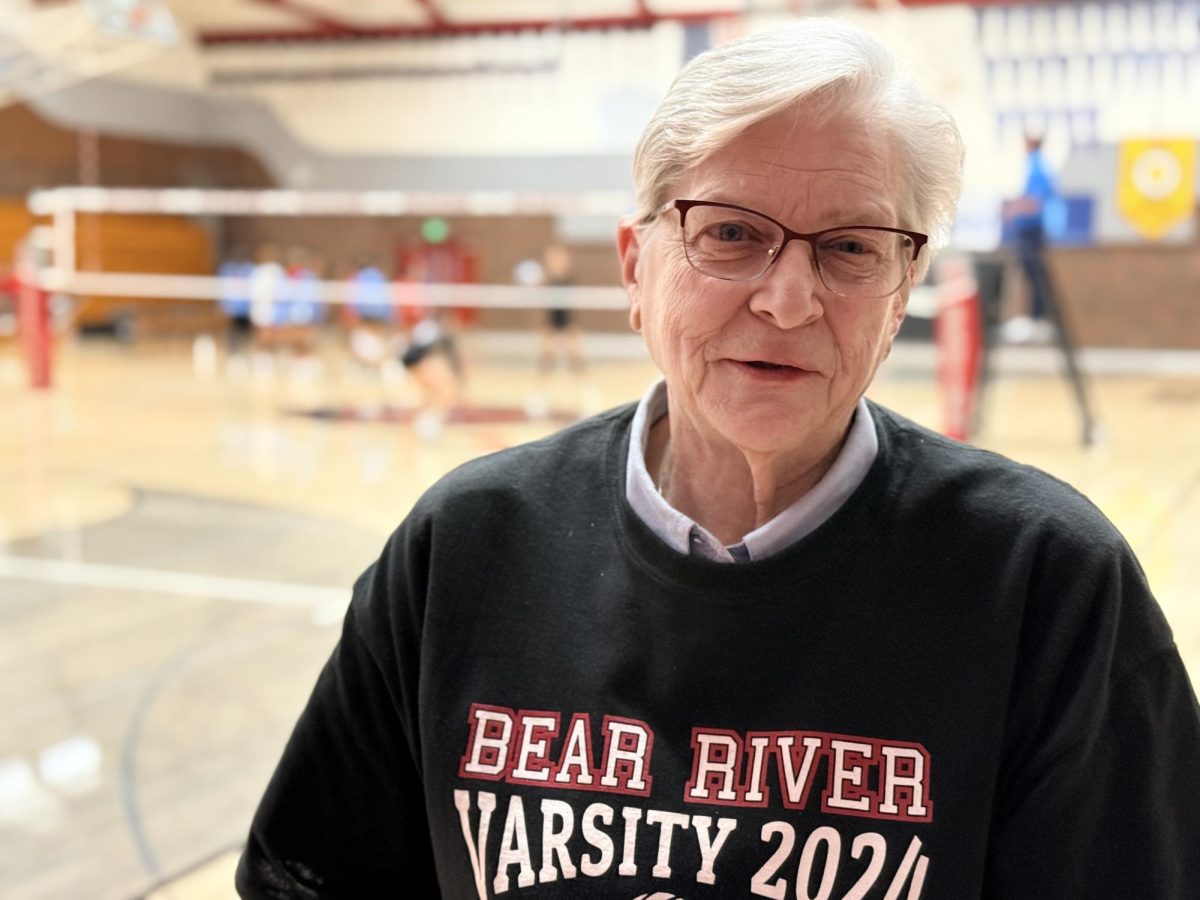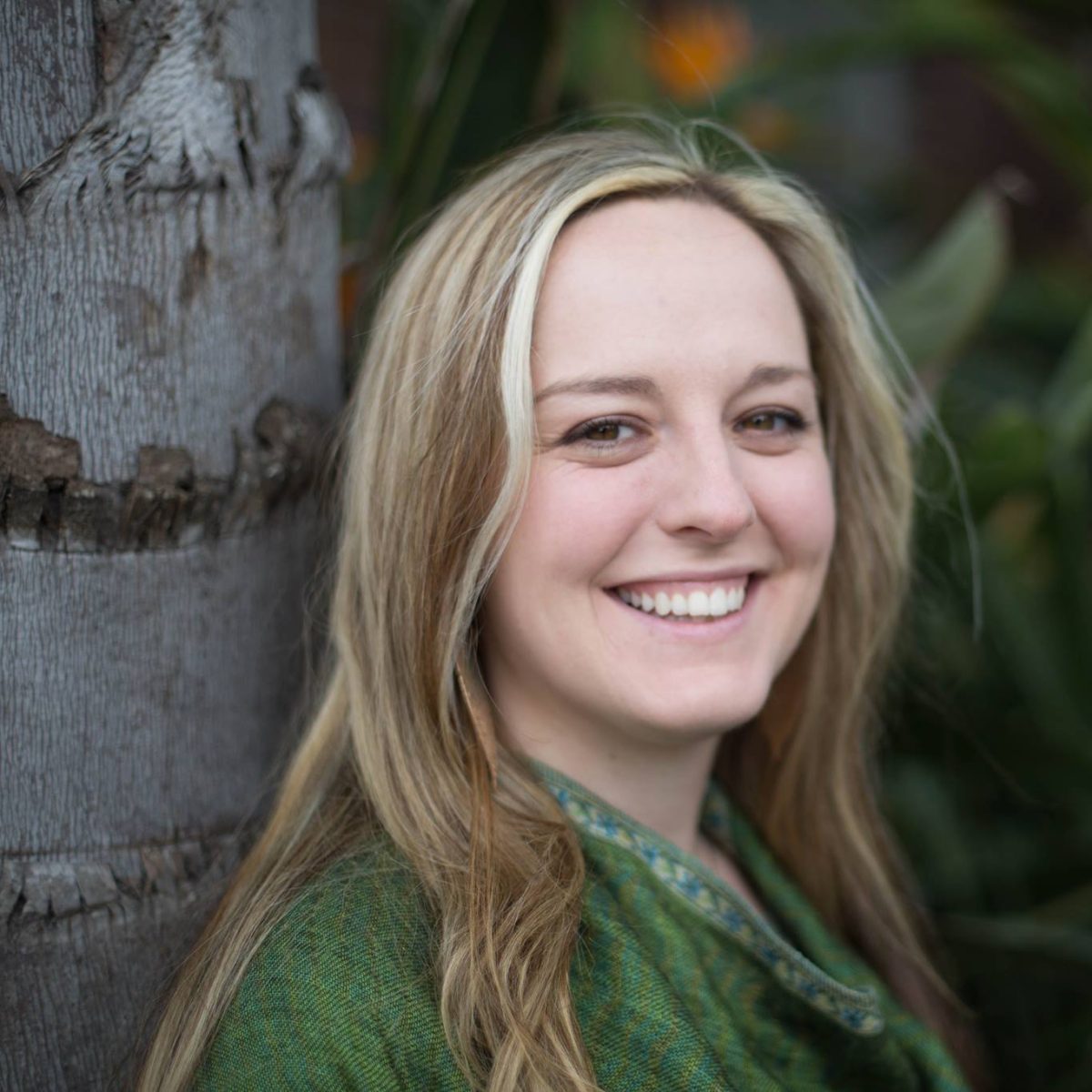Distance learning was quite the struggle for everyone to become accustomed to, and was a very new experience for Bear River staff and students alike, but how well did this experimental system work?
Distance learning is a new and odd system, developed to teach kids in the most effective way while complying with COVID-19 regulations. With students well into the groove of the hybrid schedule, some choosing to stay at home entirely, one question hangs in the minds of students and staff alike: Does distance learning work? We at the Bear River Current agreed by a slight majority that it was effective, but we were still divided on the topic.
Senior Lizzie Glomson had a complacent opinion about distance education.
“I’m content with distance learning, it is what’s needed for everyone to stay safe,” she said.
A more conflicted perspective on the topic was expressed by Junior Madeline Walters.
“I don’t particularly like distance learning, but I feel it is necessary because of the current pandemic,” she said.
Freshman Morgan Fowler on the other hand, was blunt and direct in her viewpoint.
“It sucks and I don’t like it because it sucks,” she said.
Principal Christopher Roberts expressed the staff’s side of the story.
“We had high expectations, going into distance learning, for ourselves and the quality of education we wanted to provide the students at Bear River High School under such difficult circumstances,” he said. “However, none of our teachers, with the exception of one or two of them who have taught remotely before, have had any experience with this teaching model. Given that fact, I think the teachers have done an incredible job delivering the content and tailoring their curriculum to meet the needs of our students.”
While distance education effectiveness is a controversial topic, there are improvements that can be made to the system. Distance learning is already a very fluid and ever-changing system to match the COVID-19 regulations that are also inconsistent to find a balance between economic recovery and public safety.
Some students shared insight on what could improve the school’s situation based on their experiences.
“Distance learning has been successful this year so far,” Glomson said. “It’s not easy trying to understand a lesson while on Zoom, but there are teacher office hours that we can go to. WiFi is another factor that makes distance learning difficult.”
Walters has a different perspective from Glomson, but doesn’t place the blame fully on the system.
“Most of distance learning hasn’t worked for me, just because of the style I like to learn in (I’m not very good with online school),” she said.
Fowler disliked the more isolated and distant feeling the new system has.
“The hybrid is better than full distance learning, but it doesn’t help that nobody talks to anybody,” she said. “It would help if teachers actually let us get to know our classmates, instead of just teaching the lesson, and not letting us discuss. Especially since I am a freshman and don’t know anyone at the school.”
Principal Roberts added his personal experience as an administrator to point out the more effective aspects of distance learning.
“One positive about distance learning is that students can work at their own pace (as long as they get assignments turned in on time),” he said. “Because school days are shorter, students can use the entire afternoon balancing school with other responsibilities. This can also be a negative too as many students have a hard time balancing themselves and their time appropriately. Distance learning cannot take the place of in-person instruction. I’m currently furthering my education and doing so remotely. Although this method is way more convenient for me and my busy schedule, my learning style is set up to be most successful when I’m sitting in a class with a teacher and my peers.”
In my opinion, distance learning was flawed, but it worked surprisingly well for the first time. For most of my years “going” to school, I was homeschooled, so doing school online on a Chromebook and from home isn’t super alien to me. I obviously wasn’t immune to getting lonely after being stuck at home for so long, but I was more accustomed to it. While the lack of direct, in-person communication with teachers combined with school workloads were not ideal, this is the first time this has ever happened for Bear River, so they’re not going to get it first try. In short, nice job Bruin teachers and staff, you did this really well and good luck managing this in the future.
While Bruins aren’t able to Bruins are now comfortable with the new hybrid model, where the students are split into two cohorts by last name, each cohort going to school two days a week with Wednesday still being used for office hour meetings. While we can’t see all of our friends at school, as long as local COVID-19 cases don’t increase, students will be able to partially attend school for a better learning experience, but the option to stay at home for school is still available to students. However, most students and staff alike want to go back to a regular schedule in the future, as Principal Roberts eloquently stated.
“We need to get back to school full time, period,” he said, “Our students deserve to have all the support and fanfare that comes with being a high school student. With that said, we’re in this situation for now and need to make the best of it. My council to students is to work hard, meet your deadlines and due dates, ask for help from your teachers, attend office hours on Wednesdays, reach out to our tutors (Mrs. Smith and Mrs. Reafsnyder) and our peer tutors for help, get organized (our tutors and your teachers can help with that as well) and stay positive!”



































